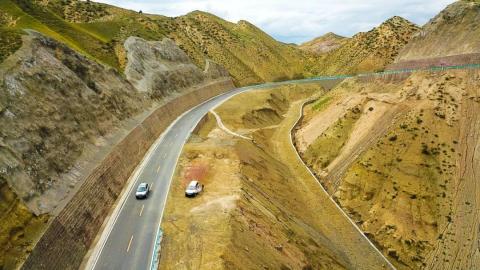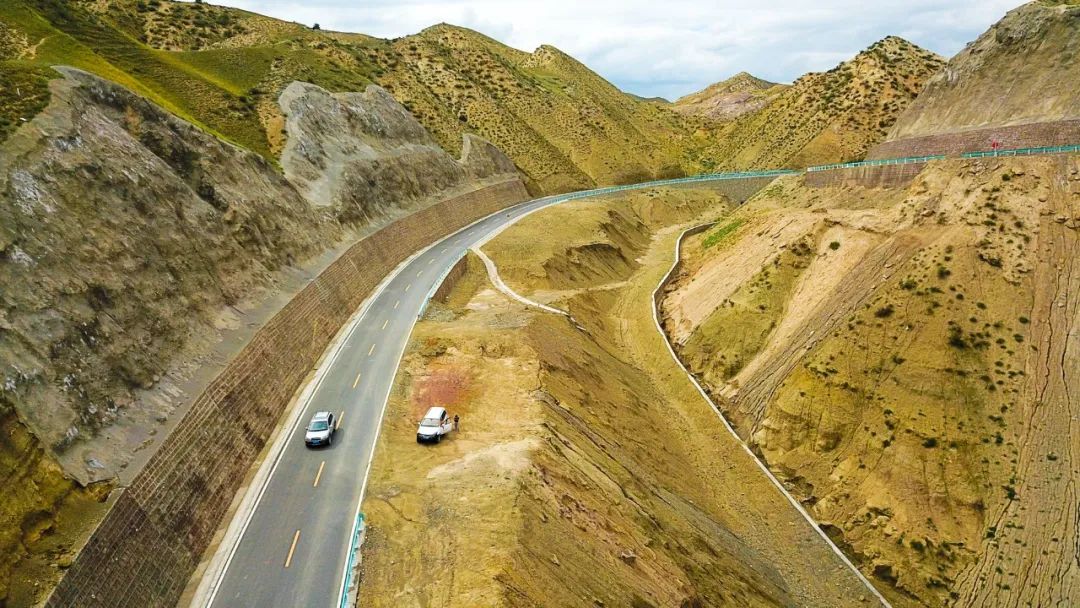
Liuhuanggou is a name that sounds unfamiliar to you, but if you have been to Xinjiang, someone will always mention this name in your ears. The strange thing is that few locals know it.

In order to go to Suhuanggou, we asked many people because this place was not marked on the navigation map. Finally, through the guidance of a friend, I finally found an inconspicuous intersection that I had missed many times: Provincial Highway 101. The reason why it is said to be inconspicuous is that the entire provincial road is a dirt road, and smoke and dust rise everywhere when a large car passes by.


It was already that night when we arrived at Suolus Valley. We encountered heavy rain while camping in the ditch, but fortunately, there was no mudslide as expected.

Since the reign of Guangxu in the Qing Dynasty to the present, the Suhuanggou coalfield 43 kilometers away from Urumqi, Xinjiang has been experiencing "crisscrosses, thick smoke, and flames roaring in the rock crevices for many years." Underground fires in the coalfield have been burning here for more than a hundred years. . Starting in 2000, scientific and technological personnel and workers in my country's Xinjiang coal system have declared war on the century-old fire. So far, 14 of the 18 sub-fires in the Xinjiang Suhuanggou coalfield fire area have been extinguished, and the main fire extinguishing procedures for the remaining four sub-fire areas have been completed.



I guess the formation here may be related to the thousand-year underground coal fire in Changji. When we went there, we were lucky enough to see the coal fire that was still burning. Unfortunately, the management did not allow us to take pictures. The place where you can see the coal fire now is on a mountain about ten kilometers away from Provincial Highway 101. The road is very difficult to walk. You can't miss the car or turn around, so go with caution.




At first glance, it looks a bit like Zhangye.


For more information about Sulfur ditch, please pay attention to the follow-up official article.
